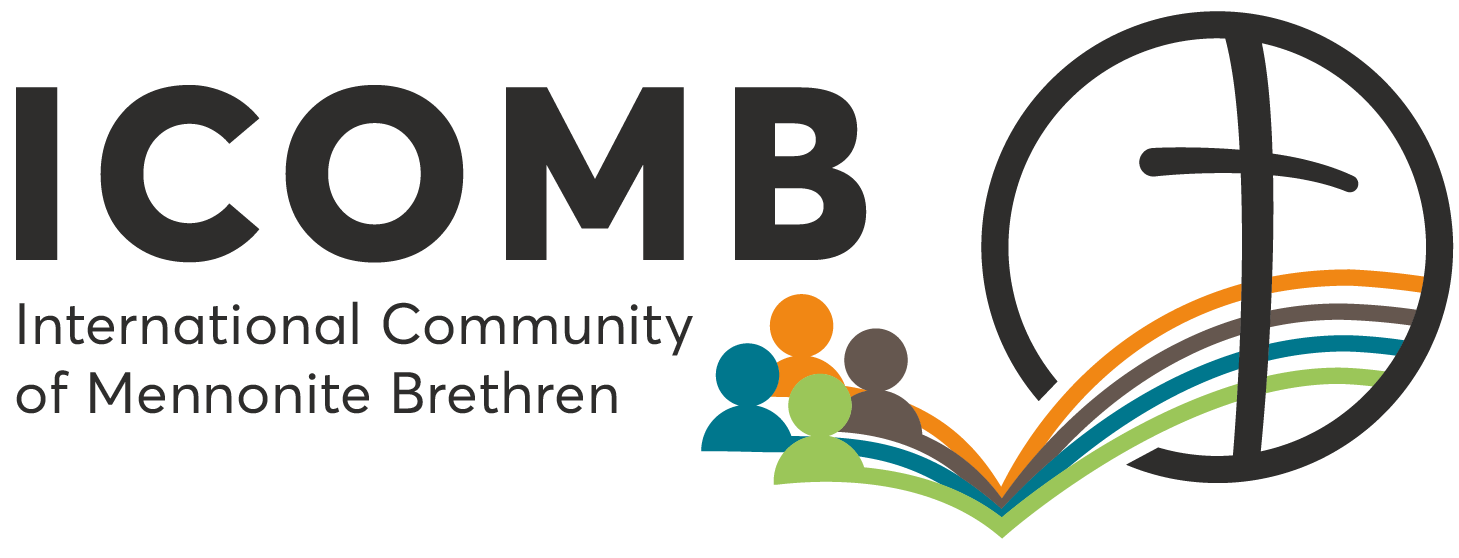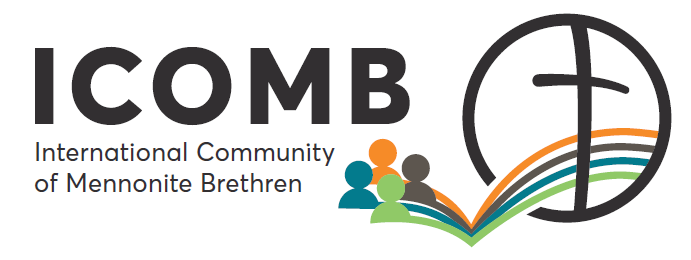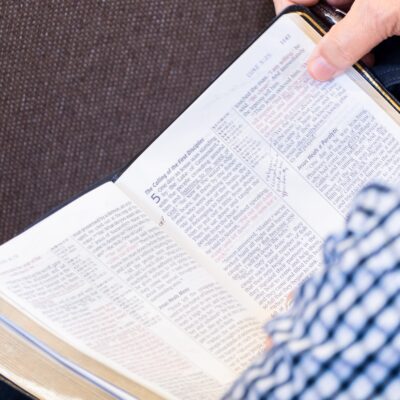 Two years ago, I was in Portugal with my wife. We had the privilege of being in the town of Tavira for Palm Sunday. This presented a new experience for us. They advertised a holy parade. It consisted of 10-12 heavy wooden “floats”, each carried by at least 8 men. Various Easter scenes were portrayed on top.
Two years ago, I was in Portugal with my wife. We had the privilege of being in the town of Tavira for Palm Sunday. This presented a new experience for us. They advertised a holy parade. It consisted of 10-12 heavy wooden “floats”, each carried by at least 8 men. Various Easter scenes were portrayed on top.
The floats were carried perhaps 2 kilometers from the church to the town square, with thousands of people gathered to watch and then follow the last one. Fortunately for the sweating, struggling float-bearers, it was mostly downhill. It was a man’s job to carry these things. For all the waiting, watching and walking, it was a marker event for the faithful.
In North America, Palm Sunday seems to be largely turned over to the children. It’s a nice tradition to involve kids waving palm branches and marching down the aisle. But is there a price? Are we turning Palm Sunday into a children’s event?
All four Gospels carry the story, along with the rest of the Passion Week narrative. But only Matthew mentions children at all, and it’s not really connected with the Triumphal entry of Jesus itself. Rather it’s after Jesus cleanses the temple and heals many who come there (Matthew 21:12-15). The children are noticed at that point, running around the temple and crying out “Hosanna”. Kids mimic their elders – they had heard the adult crowds shouting these Hosannas earlier. And Jesus, true to his practice to welcome children and the child-like, quotes Psalm 8:2 in their defense.
So thinking of children is not out of order. But…
In every account of the Gospels, the cleansing of the temple is connected to the Triumphal entry (though displaced by John into the beginning of his gospel). We know very well that Jesus’ Triumphal entry was a political act in itself. The people of his day were hoping he would save Israel and be their King, and restore/preserve the land and worship in the way they knew.
Jesus’ act of cleansing the temple was also political: a sign that the Temple was no longer going to be the center of worship. Archeologists say there was a vast vault underneath the Temple where all the necessary merchant stalls were located – so people could exchange “dirty” foreign money into Temple-ready currency, and with that, purchase the animals needed for offerings. Jesus graphically showed this was no longer going to be needed.
Further, the location of his death on a public execution ground also told the world that God was no longer going to use the exclusivity of Jewish religious rites and locations. God was meeting humanity “at the cross-roads” now – unadorned, defenseless, and open armed.
Palm Sunday challenges us today. We know that God has made himself totally available. Yet, the religious “vault” lies close beneath the surface. Too quickly we fall into religious busyness and business: we convince ourselves that God is pleased with our bustle and our willingness to make him an absorbing and even expensive hobby; that he likes our worship in isolated venues and religious professionalism – (“commitment to excellence”?). These are occupations that substantially eat into the time we have which would locate us in the world, where we could show people that God is not about religious rites and “churchianity”.
As I encounter our global faith family, I see many people who simply move out in faith, point others to Christ, and begin new fellowships and even churches. I don’t see “commitment to excellence” as much as commitment to whatever it takes to share Christ. A church building would be nice and eventually a necessity, but it’s not the functioning definition of church. It’s more often understood that “church” is the people of God “out there” at a very fundamental level.
These are some of the “adult” messages of Palm Sunday. They are easy to miss if we just leave Palm Sunday to the children.





